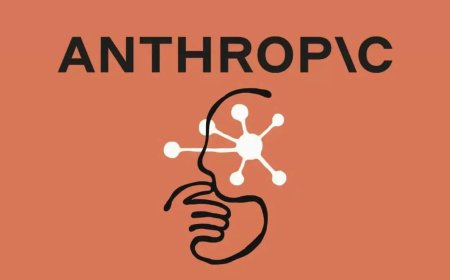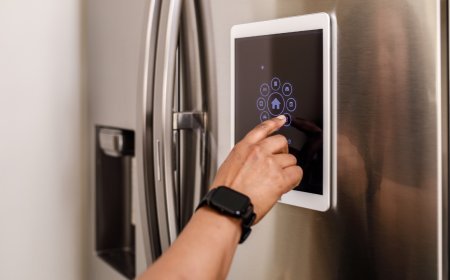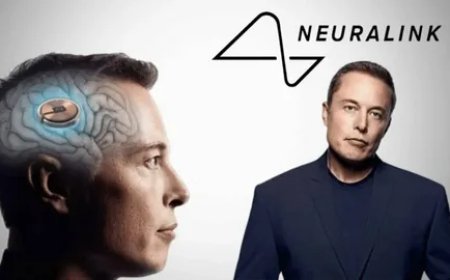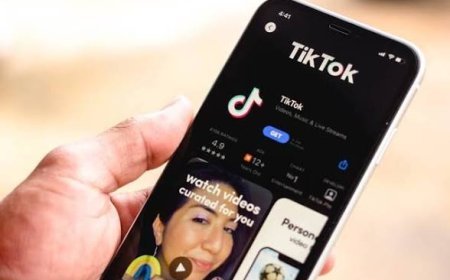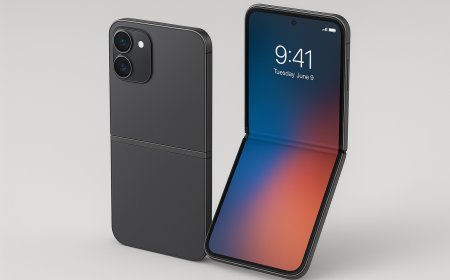Neuralink Achieves Breakthrough in Brain-Computer Interface Technology
Neuralink demonstrates revolutionary brain-computer interface capabilities, enabling paralyzed patients to control digital devices through thought alone with unprecedented precision and speed.
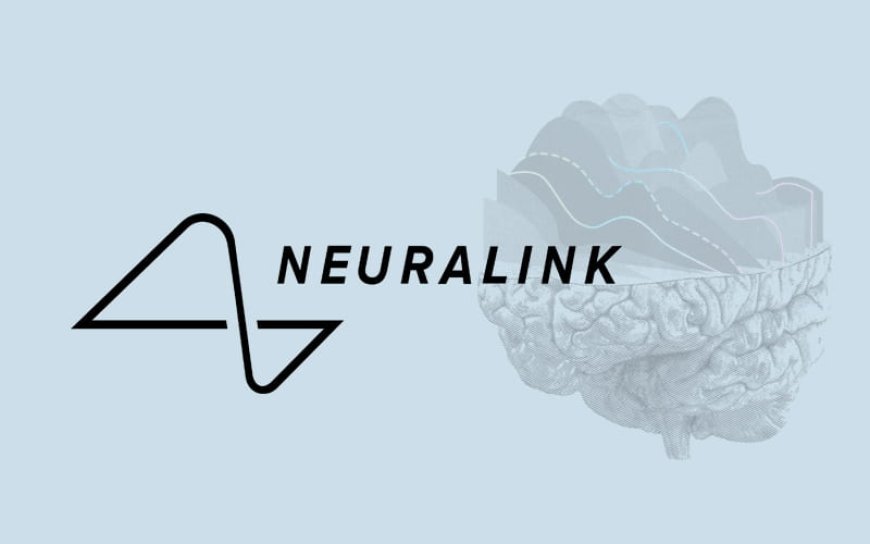
Neuralink Corporation has achieved a monumental breakthrough in brain-computer interface technology, successfully demonstrating that paralyzed patients can control digital devices, communicate, and interact with computer systems through thought alone with remarkable precision and natural responsiveness. This landmark achievement represents a transformative moment in neurotechnology and offers unprecedented hope for individuals with severe neurological conditions.
Revolutionary Neural Interface Technology
The Neuralink system utilizes ultra-thin electrode threads, each thinner than human hair, that are precisely implanted into specific brain regions responsible for motor control and intention. These electrodes capture neural signals with extraordinary resolution, detecting the electrical activity of individual neurons as they fire during thought processes related to intended movements or actions.
Advanced signal processing algorithms decode these neural patterns in real-time, translating thought intentions into digital commands with latency measured in milliseconds. The system's machine learning capabilities continuously adapt to individual neural patterns, improving accuracy and responsiveness over time through personalized calibration processes.
Clinical Trial Results and Patient Outcomes
Initial clinical trials involving patients with severe spinal cord injuries have demonstrated remarkable success rates, with participants achieving cursor control accuracy exceeding 90% within hours of system activation. Patients can now compose emails, browse the internet, play video games, and control smart home devices using only their thoughts.
One trial participant successfully typed at speeds approaching 40 words per minute using only neural signals, representing a dramatic improvement in communication capabilities for individuals with complete paralysis. The system enables natural, intuitive control that closely mirrors the experience of using traditional input devices.
Technological Innovation and Engineering Excellence
The Neuralink device features a custom-designed chip that processes thousands of neural signals simultaneously while consuming minimal power. The entire system, including the processing unit and wireless communication components, fits within a small implant that sits flush with the skull surface, making it virtually invisible and comfortable for long-term use.
Wireless data transmission eliminates the need for physical connections through the skin, reducing infection risks and improving patient comfort. The system can operate for extended periods on a single charge, with wireless charging capabilities that ensure continuous functionality without surgical interventions.
Safety Protocols and Medical Standards
Extensive safety testing and regulatory compliance have been central to Neuralink's development process. The implantation procedure, performed by specialized robotic systems, achieves surgical precision that minimizes tissue damage and reduces recovery times. Biocompatible materials ensure long-term compatibility with neural tissue.
Comprehensive monitoring systems track device performance, neural health, and patient well-being continuously. The technology includes failsafe mechanisms that can safely deactivate the system if any anomalies are detected, prioritizing patient safety above all other considerations.
Broader Applications and Future Potential
Beyond mobility restoration, Neuralink's technology shows promise for treating various neurological conditions including depression, anxiety, epilepsy, and neurodegenerative diseases. The system's ability to both read and potentially stimulate neural activity opens possibilities for therapeutic interventions that could restore lost brain functions.
Research applications include advancing our understanding of neural mechanisms underlying consciousness, memory formation, and cognitive processes. The high-resolution neural data collected by Neuralink devices contributes valuable insights to neuroscience research and brain mapping initiatives.
Ethical Considerations and Regulatory Framework
The development of brain-computer interfaces raises important ethical questions about privacy, consent, and the potential for technology to alter human cognition or behavior. Neuralink has established comprehensive ethical guidelines and works closely with bioethics experts to address these concerns responsibly.
Regulatory approval processes involve rigorous evaluation of safety, efficacy, and long-term effects. The FDA's breakthrough device designation recognizes the technology's potential while ensuring appropriate oversight of clinical development and eventual commercialization.
Industry Impact and Competitive Landscape
Neuralink's achievements have catalyzed increased investment and research activity in brain-computer interface technologies across academic institutions and private companies. The demonstrated feasibility of high-bandwidth neural interfaces has validated the field's potential and attracted significant resources to neurotechnology development.
Collaboration opportunities with medical device manufacturers, research institutions, and healthcare systems are expanding rapidly as the technology approaches broader clinical availability. The success has also influenced regulatory frameworks and clinical trial protocols for similar neurotechnology applications.
Future Development Roadmap
Neuralink plans to expand clinical trials to include larger patient populations and additional medical conditions. Future device iterations will feature increased channel counts, improved signal processing capabilities, and enhanced durability for long-term implantation.
The company is also exploring bidirectional interfaces that could restore sensory feedback, enabling patients to feel touch sensations through prosthetic devices. Advanced applications may include memory enhancement, cognitive augmentation, and direct brain-to-brain communication capabilities.
What's Your Reaction?
 Like
0
Like
0
 Dislike
0
Dislike
0
 Love
0
Love
0
 Funny
0
Funny
0
 Angry
0
Angry
0
 Sad
0
Sad
0
 Wow
0
Wow
0




